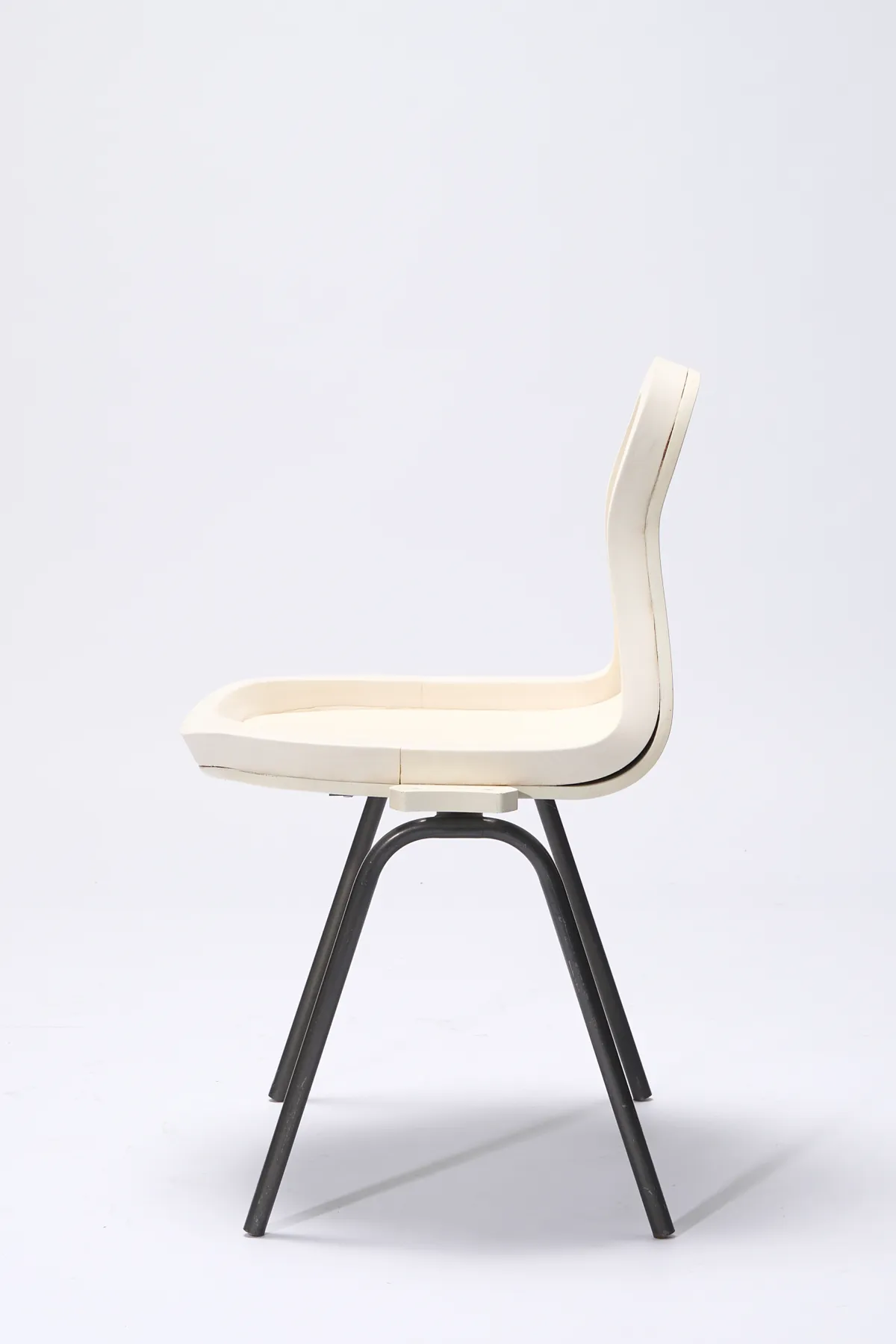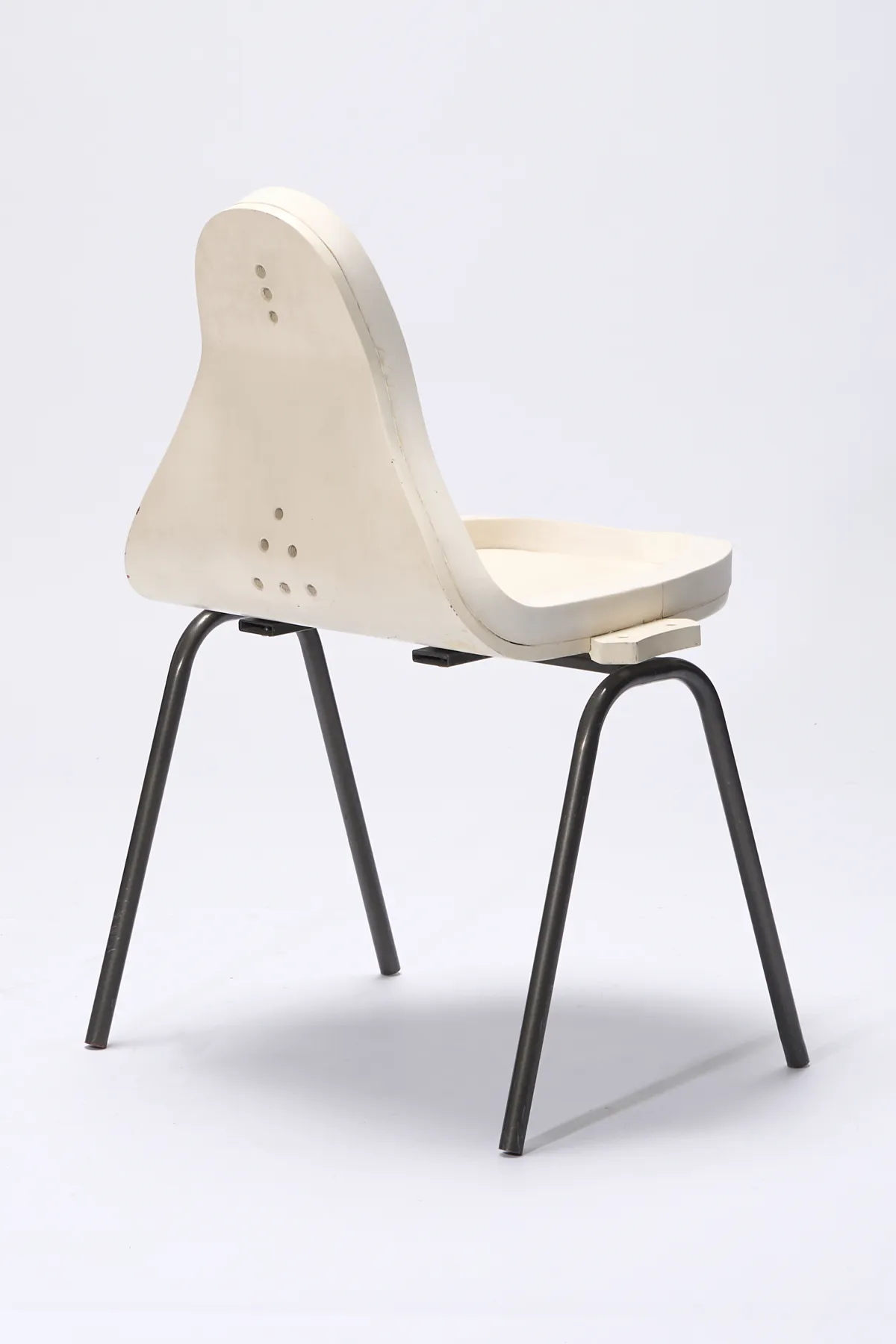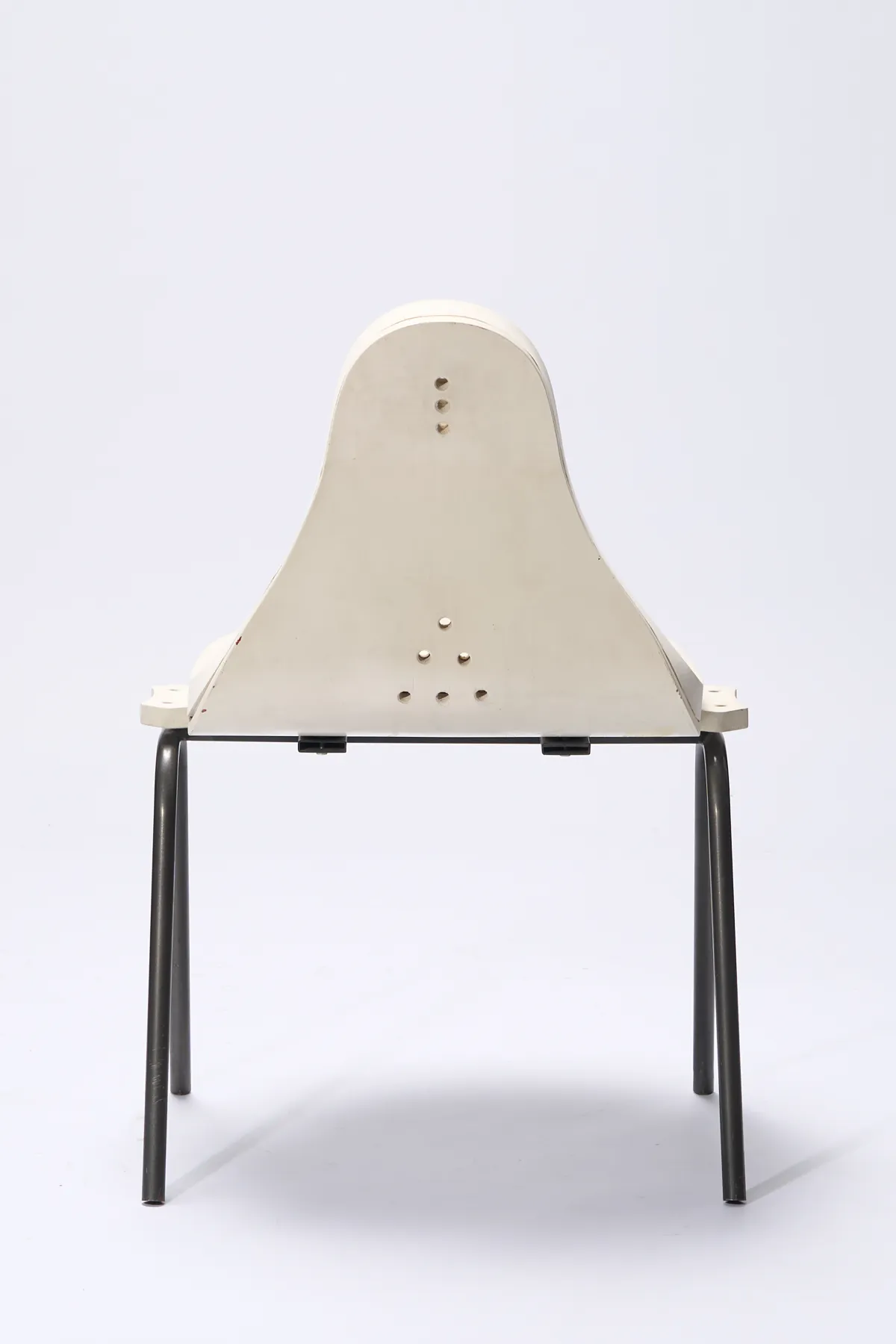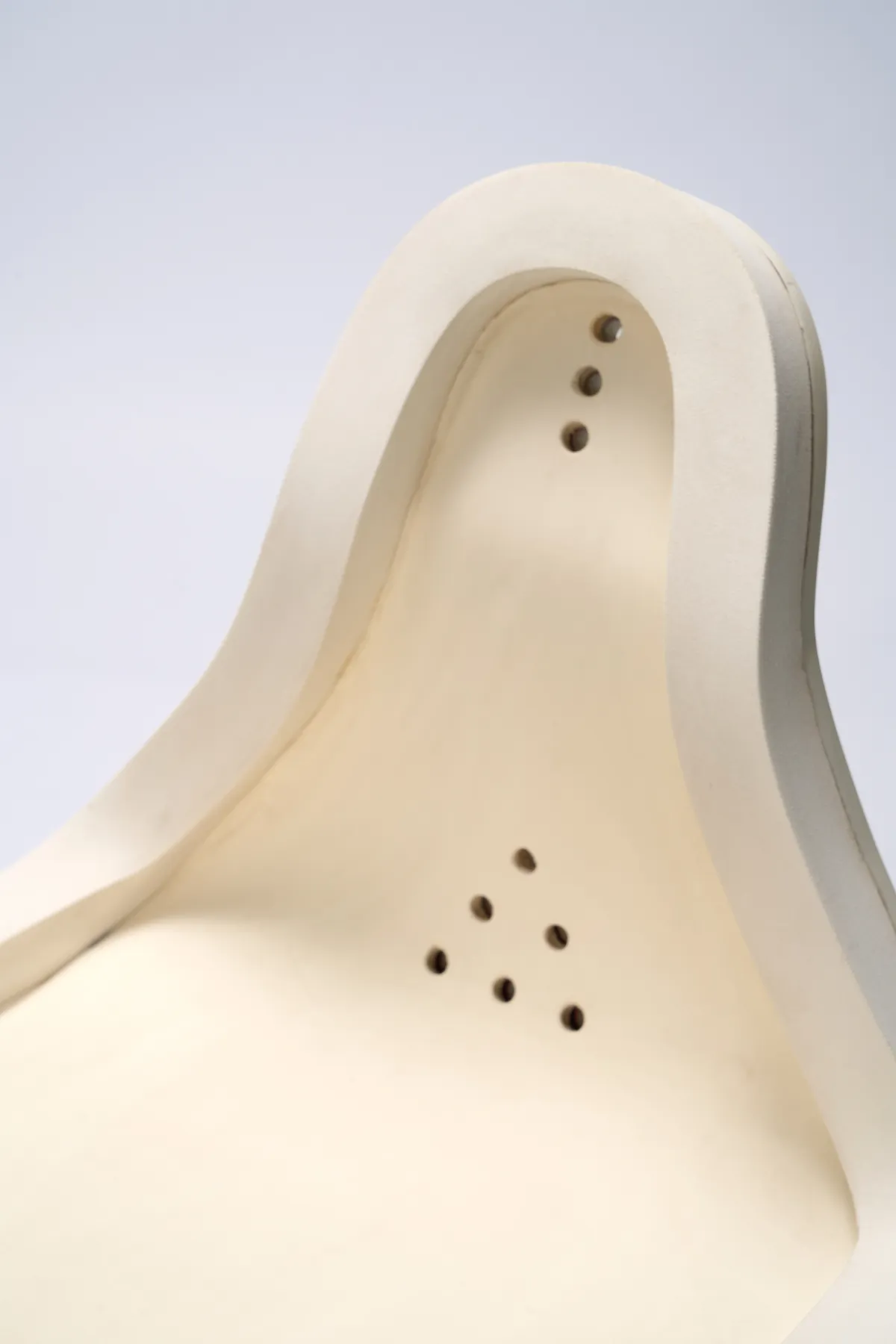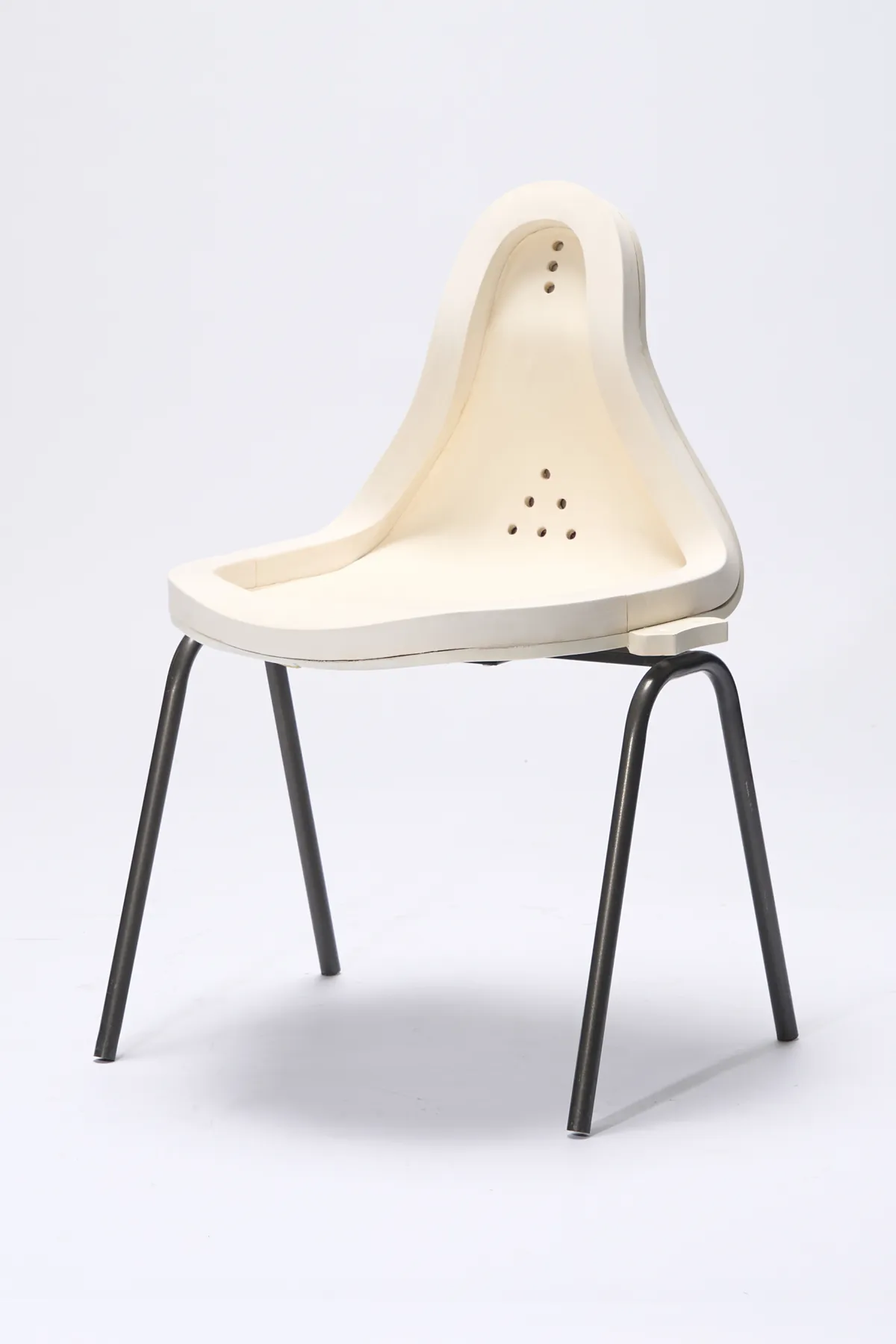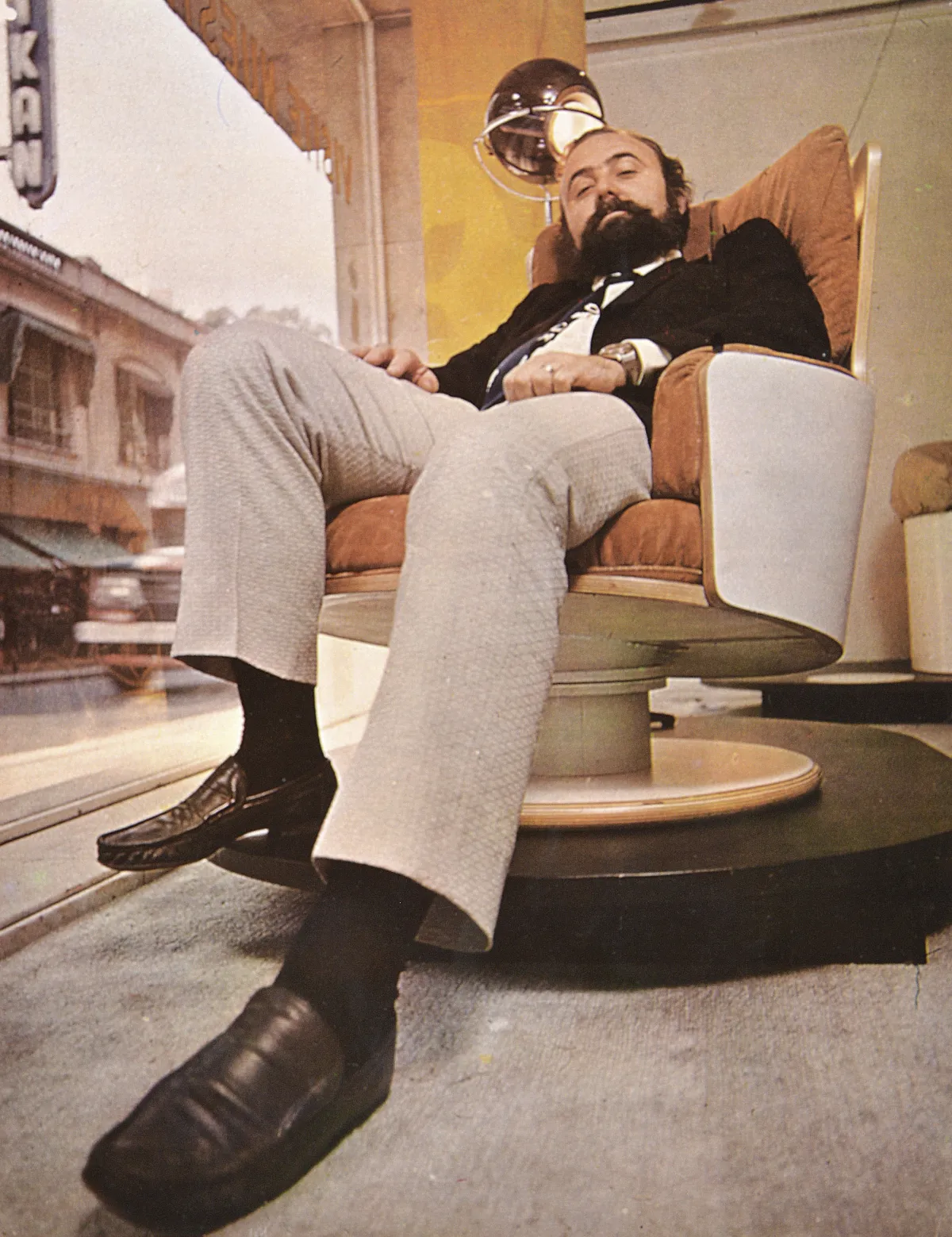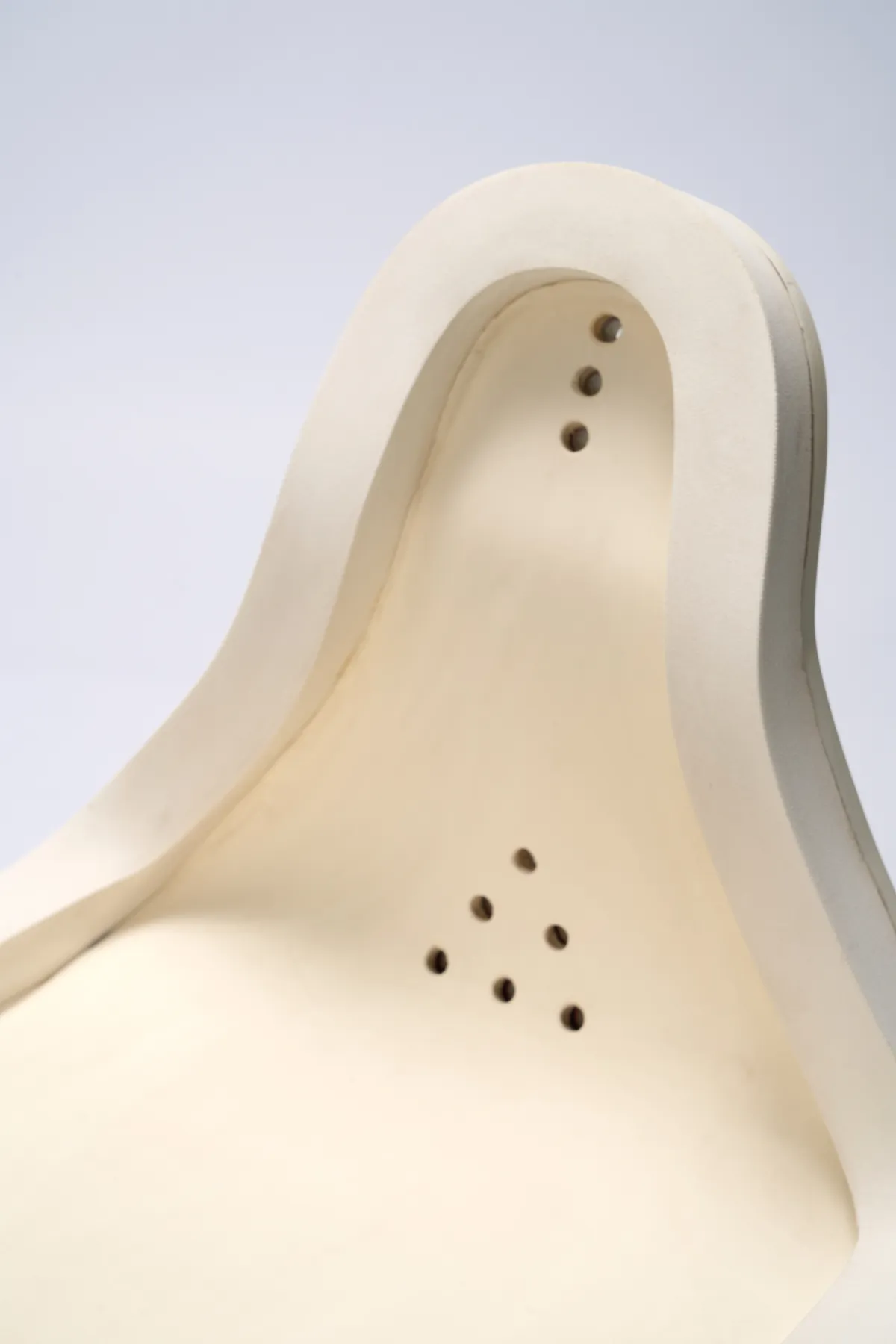
Mutt
Conceptual piece created by reformulating Marcel Duchamp’s 1917 work “Fontana”. In the ready-made process, a utilitarian piece is used to conceive an artistic one, to which Blanco incorporates a new functional instance: turning it into a seat. In the words of Carlos Espartaco: “Blanco deploys the critical action of two moments. The first is of a linguistic and hygienic order, an intellectual cleanliness, the ready-made aims at a critique of taste; the second is an attack on the notion of a work of art. La fontana (1917) – Silla de Mutt (2005). The fact of choosing an object immersed in the everyday hygiene of the discharge (urinary), inverted in front of its natural position, has a certain similarity in its realization of passage to the univocity of the chair, it has something of a "rendez-vouz", containing an erotic element, a desperate eroticism without any illusion: "deciding that at a future moment (such day, such hour, such minute) I choose a ready made. Then, what counts is the timing, the empty instant..., it is a kind of appointment", as if it were the opposite of a surprise, an encounter with the arid time of indifference."
- Authorship — Ricardo Blanco
- Object Type — Chair
- Material and Technique — Laminated wood, eva foam and metal
- Measurements — 50 x 48 x 75 cm
- Origin — Argentina
- Dating — 2005
- Condition — Original
